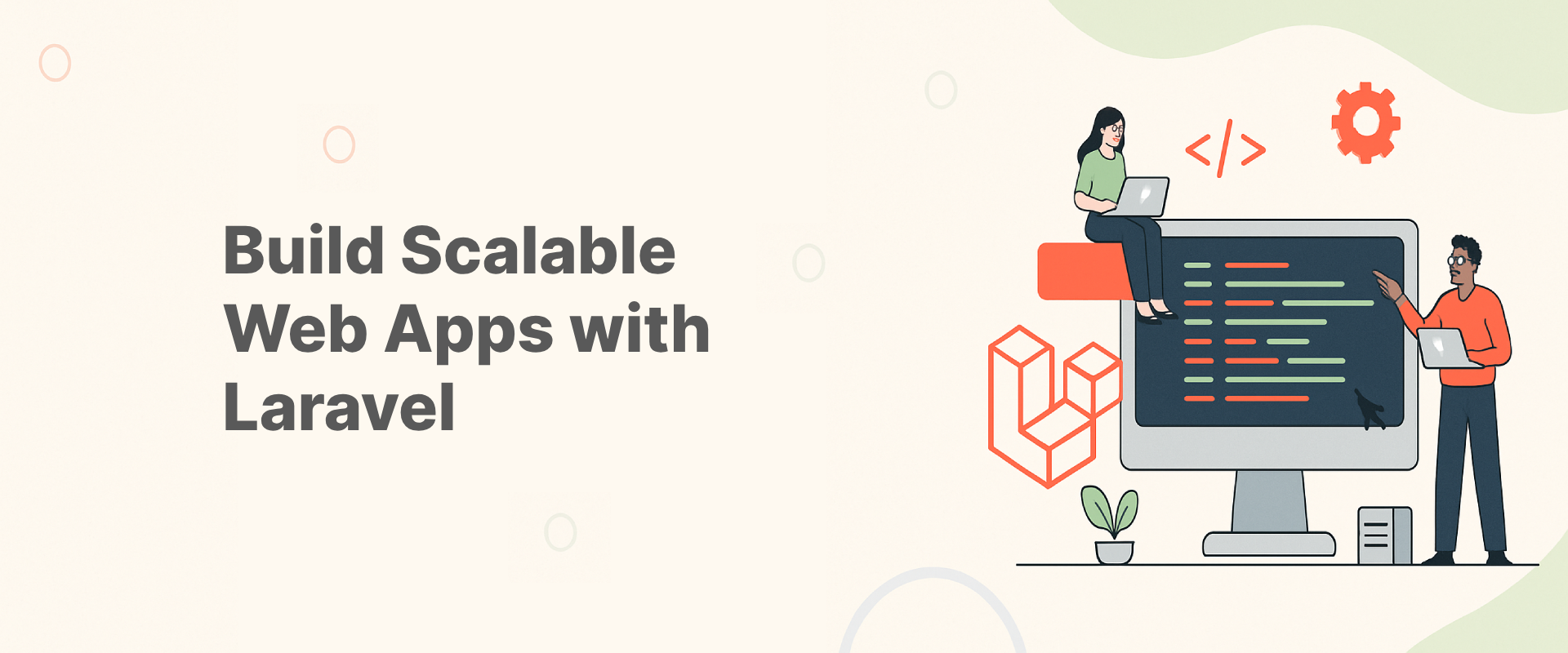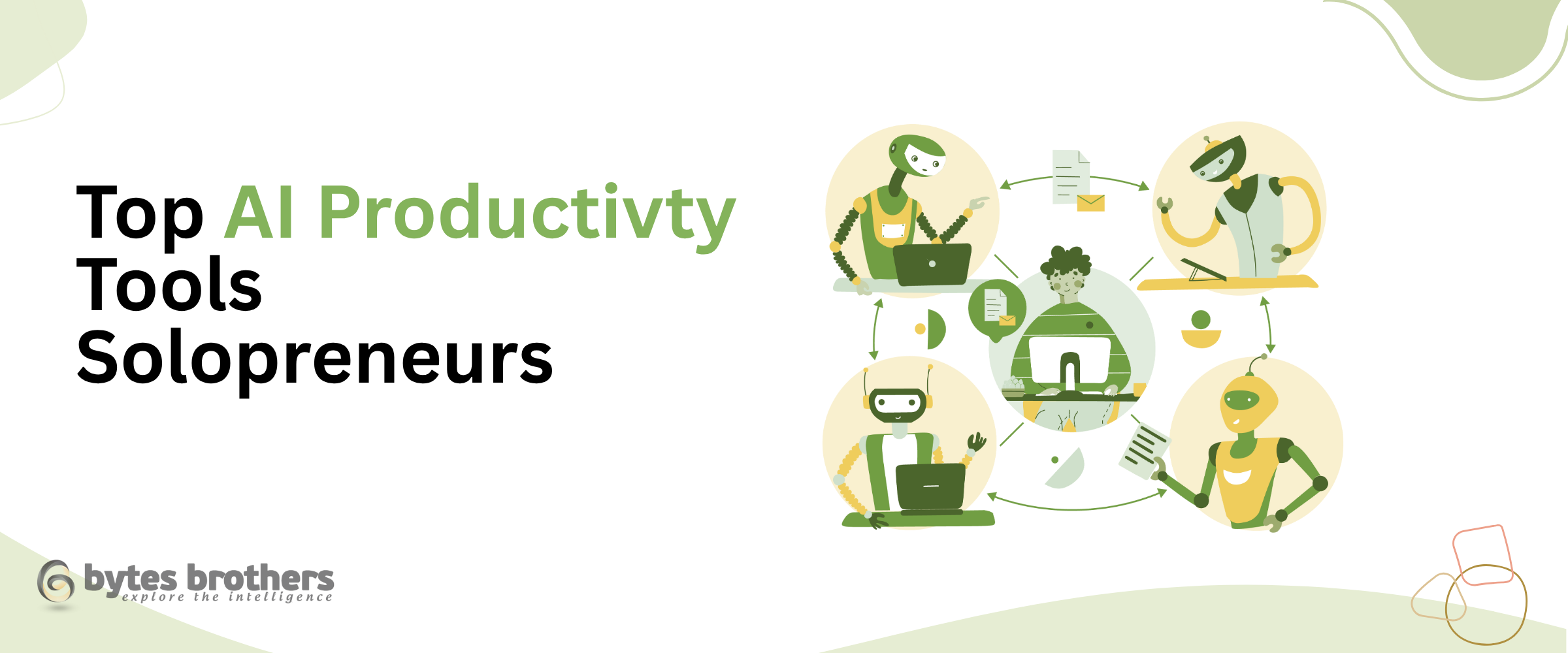Curious about headless WordPress? Startups are embracing it for speed, scalability, and frontend freedom. But is it the right move for your business? Let’s unpack the pros and cons.
Key Takeaways
- Headless WordPress separates content from presentation using APIs.
- It’s ideal for performance-focused, omnichannel, or app-like experiences.
- Headless CMS benefits include speed, flexibility, and multi-platform content reuse.
- Drawbacks include complexity, cost, and higher dev requirements.
- Bytes Brothers offers free consultations to help plan headless builds.
What is Headless WordPress?
Headless WordPress decouples the backend CMS (WordPress admin) from the frontend delivery layer (React, Next.js, etc.). Instead of using WordPress themes to render pages, content is fetched via the REST API or GraphQL (via WPGraphQL)
Think of it like:
- WordPress = Content Engine
- Frontend = Your Own Custom App
Why Startups Are Turning to Headless
Whether you use WordPress or another CMS, the headless CMS benefits stand out-especially for startups focused on performance, agility, and future-proof architecture.
Performance-Driven UX
Frameworks like Next.js or Gatsby enable static or server-rendered delivery. This drastically reduces load times-key for SEO and conversions.
Example: A SaaS client using Headless WordPress + Vercel saw a 60% drop in bounce rate post-launch.
Frontend Developer Freedom
No more theme limitations. You build with:
- React, Vue, or Svelte
- Tailored components
- Clean CI/CD pipelines
Multi-Platform Publishing
Serve the same content across:
- Web
- Mobile
- Native apps
- Smart devices
This is one of the most scalable headless CMS benefits: centralized content, unlimited frontends.
Drawbacks of Going Headless
1. Higher Technical Complexity
You now manage:
- A WordPress backend
- A modern frontend
- APIs, deployments, and auth
2. Lost “Out-of-the-Box” Features
Things like drag-and-drop page building, SEO plugins, or theme styling aren’t available by default in headless. They need custom integration.
3. Upfront Investment
Custom development = longer timelines and higher costs. It’s a long-term play—great ROI if done right, but not ideal for MVPs.
When Should Startups Choose Headless?
| Scenario | Recommendation |
|---|---|
| SaaS or app-like experiences | ✅ Strong fit |
| API-driven or mobile-first sites | ✅ Great match |
| Fast-turnaround marketing sites | ❌ Use classic WP |
| Content-heavy blogs | ❌ Overkill |
Real Example: Headless in Action
A property tech startup needed:
- Fast map-based listings
- App + web sync
- Headless SEO
Stack:
- WordPress (CMS)
- WPGraphQL + Next.js
- Hosted on Vercel
Outcome:
- ✅ 3x faster UX
- ✅ SEO traffic up 40%
- ✅ Unified content across devices
How to Build a Headless WordPress Stack
- Install WPGraphQL – Exposes content via GraphQL.
- Set up a frontend app – Next.js is the most common choice.
- Deploy via Netlify/Vercel – For CI/CD and global performance.
- Configure content previews – Secure, token-based preview endpoints.
- Optimize SEO manually – Structured metadata, canonical tags, and sitemap APIs.
Final Thoughts
Startups that need high performance, cross-platform delivery, and flexible UI often turn to headless WordPress. The headless CMS benefits are real—but so are the challenges. Make sure your team is ready to handle the custom stack and dev overhead.
Free Strategy Session with Headless Experts
Thinking about going headless? At BytesBrothers.com, we help startups plan and build scalable, lightning-fast headless platforms from the ground up.
Get a clear roadmap tailored to your goals.

